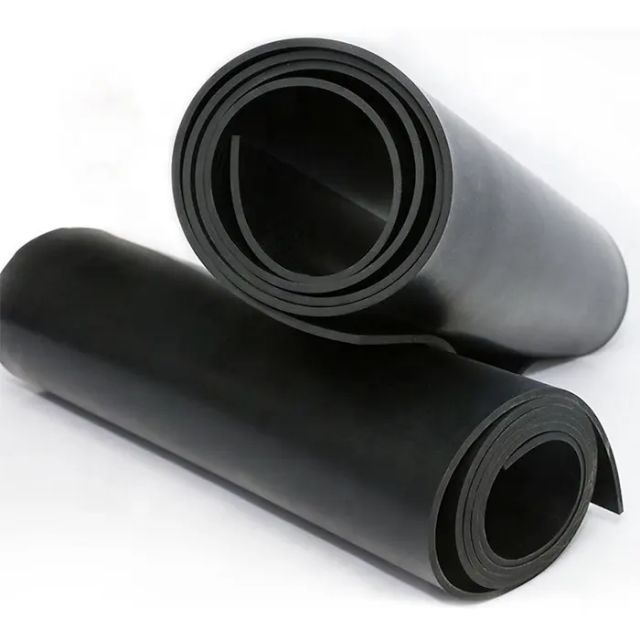Oct . 11, 2024 09:35 Back to list
neoprene rubber rolls
Understanding Neoprene Rubber Rolls Versatile Material for Multiple Applications
Neoprene rubber, a synthetic rubber derived from the polymerization of chloroprene, has established itself as a popular choice in various industries due to its unique properties. Neoprene rubber rolls, in particular, are widely used for their flexibility, durability, and resistance to various environmental factors. This versatile material plays a crucial role in numerous applications, ranging from industrial to commercial uses.
One of the most significant advantages of neoprene rubber rolls is their excellent resistance to weathering, ozone, and UV radiation. This makes them ideal for outdoor applications, where materials are often exposed to harsh environmental conditions. Neoprene does not degrade easily, allowing it to maintain its performance qualities even when subjected to extreme temperatures or prolonged sunlight exposure. This inherent stability is why neoprene is often used for making outdoor gear, insulation, and seals in industrial equipment.
In addition to weather resistance, neoprene rubber boasts impressive chemical resistance. This property is particularly beneficial in industries where the material comes into contact with oils, fuels, and solvents. Neoprene can withstand exposure to many harsh chemicals, making it a preferred option in automotive, aerospace, and manufacturing sectors. For instance, gaskets, seals, and vibration dampening pads made from neoprene are commonly utilized to ensure the longevity and efficiency of machinery.
neoprene rubber rolls

Neoprene rubber rolls also exhibit excellent flexibility and cushioning. This attribute makes them suitable for applications that require vibration absorption and shock resistance. For example, in the sporting goods industry, neoprene is commonly used in wetsuits and protective gear, providing both insulation and impact protection. Its ability to stretch without losing its original shape contributes to its widespread use in various consumer products, including laptop sleeves, knee pads, and fitness straps.
Furthermore, neoprene's sound-dampening properties make it a valuable material in construction and automotive applications. When used as soundproofing material, neoprene can significantly reduce noise transmission, enhancing the comfort and acoustic performance of residential and commercial buildings. Its ability to absorb sound waves also helps in creating quieter automotive interiors, contributing to an overall more pleasant driving experience.
When it comes to installation and handling, neoprene rubber rolls are typically easy to cut and shape, allowing for customization to meet specific project needs. The material can be adhered to a variety of surfaces using different adhesives, ensuring a secure fit for any application.
In conclusion, neoprene rubber rolls offer a remarkable combination of durability, flexibility, and resistance to environmental factors, making them an essential material across multiple industries. Whether for industrial use, outdoor applications, or consumer products, neoprene continues to be a trusted choice, showcasing its versatility and reliability in today’s market. As industries evolve, the demand for neoprene rubber rolls will likely grow, solidifying their position as a vital component in modern manufacturing and product design.




